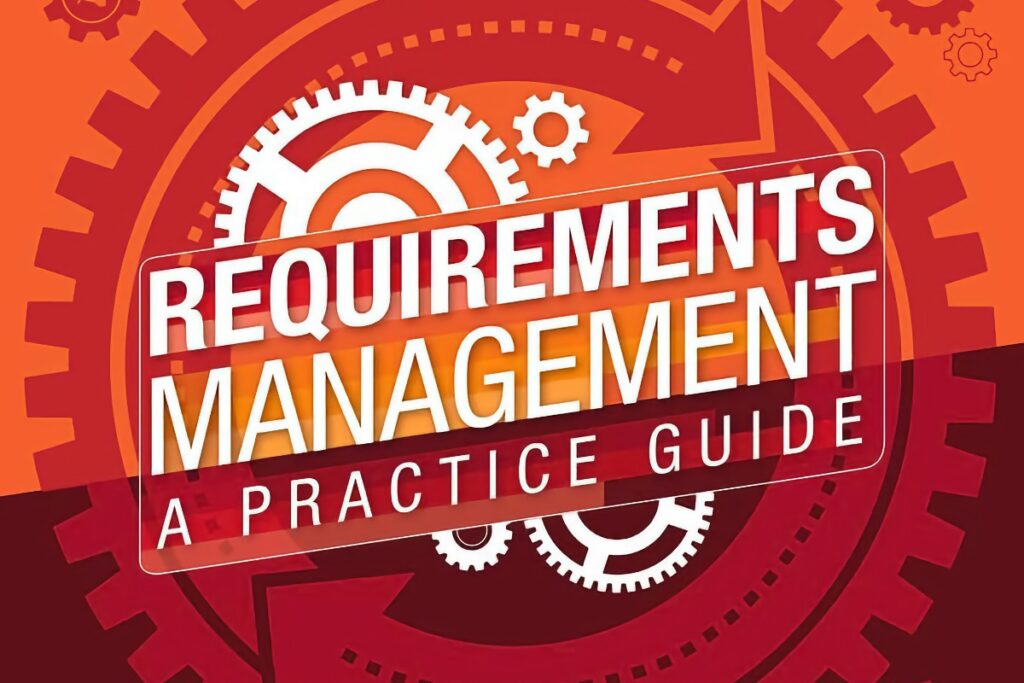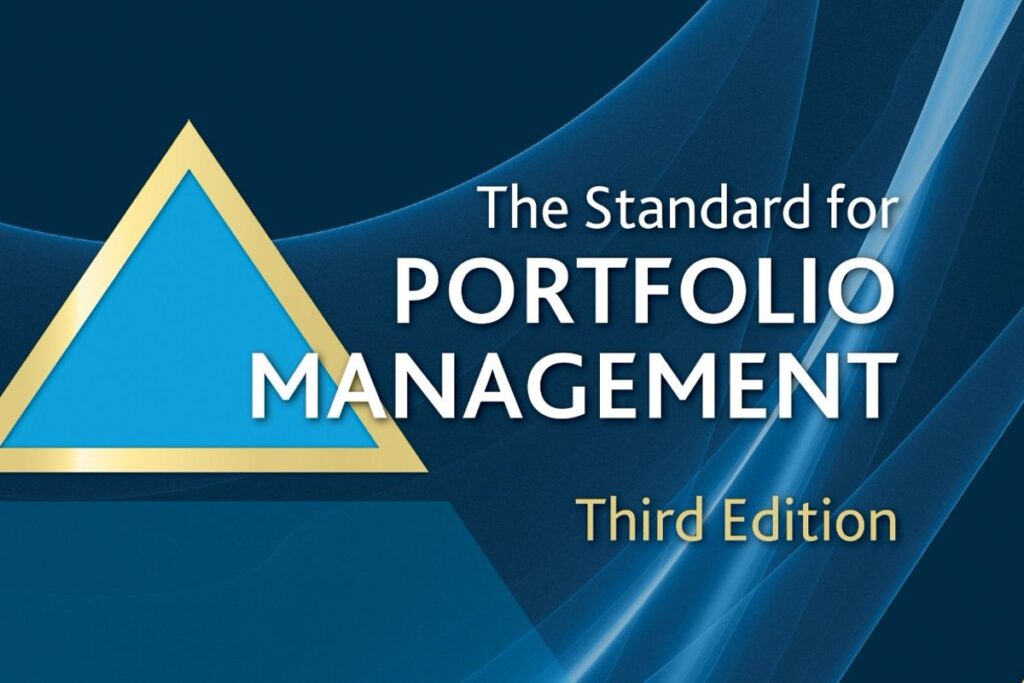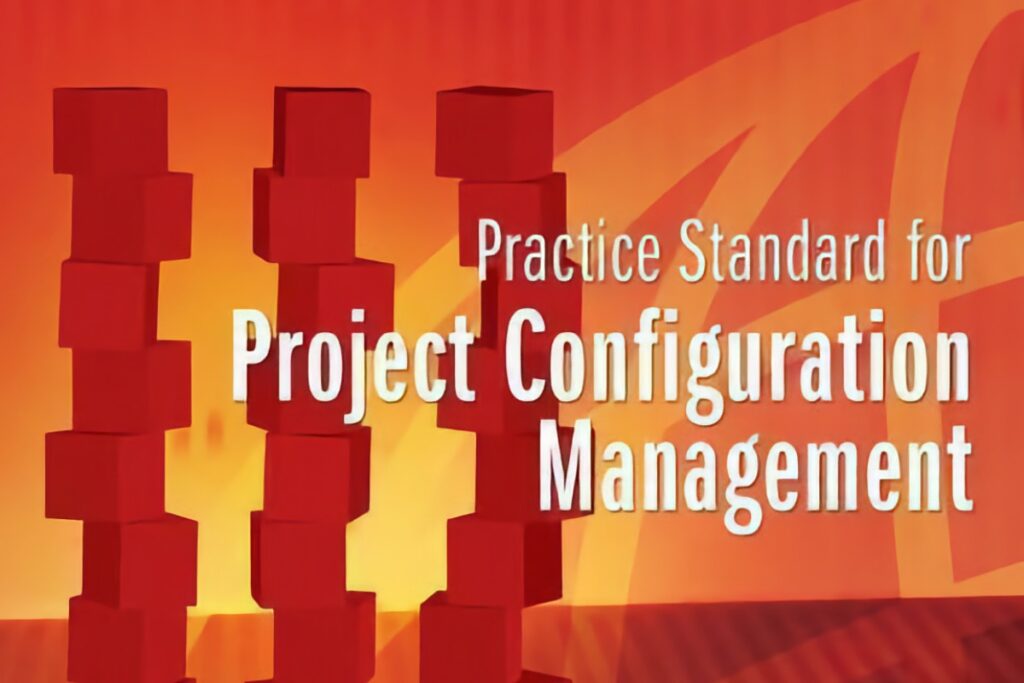In project management, unclear, incomplete, or misunderstood requirements are among the top reasons why projects fail. From missed expectations to scope creep, poor requirements management can unravel even the most well-resourced initiatives. To tackle this critical issue, the Project Management Institute (PMI) introduced the Practice Standard for Requirements Management, a practical, process-driven guide for defining, documenting, and managing requirements throughout the project lifecycle.
First published in 2014, this standard fills a vital operational gap between stakeholder engagement, scope definition, and change control, offering a structured approach to capturing what the customer really needs—and delivering it successfully.
Target Audience
This standard is particularly useful for:
- Project and program managers who must ensure stakeholder alignment.
- Business analysts and product owners responsible for gathering and documenting requirements.
- PMOs aiming to standardize requirements management across the organization.
- Teams working in systems, software, IT, or regulatory environments where traceability and auditability are critical.
It’s methodology-agnostic and applies to predictive, iterative, agile, and hybrid approaches.
Purpose and Objectives
The standard focuses on creating a consistent, repeatable process for:
- Eliciting requirements from relevant stakeholders.
- Documenting them clearly and thoroughly.
- Managing changes to requirements as projects evolve.
- Ensuring traceability from requirement to deliverable.
It emphasizes value delivery, customer focus, and change resilience, supporting project success through clarity and control.
Structure of the Standard
The guide is organized around five key process areas, which align with PMI’s broader project management framework:
1. Requirements Management Planning
- Defines how requirements will be gathered, categorized, validated, and managed.
- Identifies tools, roles (e.g., business analyst, stakeholders), and documentation methods.
- Aligns with the project management plan and stakeholder engagement strategy.
2. Requirements Elicitation
- Covers a range of techniques:
- Interviews
- Workshops
- Brainstorming
- Observation
- Surveys
- Prototyping
- Stresses the importance of active listening, unbiased questioning, and context understanding.
3. Requirements Analysis
- Focuses on organizing, prioritizing, and validating requirements.
- Introduces tools such as:
- MoSCoW prioritization
- Affinity diagrams
- Use case models
- Process flows and entity relationships
4. Requirements Documentation
- Provides guidance on writing clear, testable, traceable requirements.
- Covers both:
- Functional requirements (what the product must do)
- Non-functional requirements (security, performance, usability)
5. Requirements Traceability and Maintenance
- Emphasizes traceability matrices, baselines, and version control.
- Aligns changes with change control and scope management processes.
Key Strengths
✅ Integrates Seamlessly with PMBOK®
Requirements feed directly into scope, schedule, cost, quality, and risk plans. The standard complements PMBOK® Guide knowledge areas, especially scope and stakeholder management.
✅ Clear, Structured Process
By formalizing requirements into discrete stages, it helps teams move from vague needs to actionable plans and deliverables.
✅ Applicable to All Project Types
Whether launching a new IT system or constructing a bridge, the framework adapts to any environment or complexity level.
✅ Promotes Collaboration
Encourages deep stakeholder engagement, cross-functional dialogue, and continuous feedback loops—essential for agile and customer-driven projects.
✅ Supports Compliance and Audit
Provides clear documentation strategies and traceability standards for regulated industries (healthcare, finance, defense, etc.).
Limitations
❌ Dated Terminology
Published in 2014, the guide does not reflect PMI’s latest principle-based standards or agile-specific roles such as product owners, scrum masters, or backlog grooming.
❌ Limited Coverage of Agile Requirements
While adaptable, the standard lacks detailed guidance on user stories, epics, personas, or iterative planning cycles.
❌ No Tool Integration
Does not include guidance on using modern RM tools (e.g., Jira, Confluence, DOORS, Jama, etc.).
Best Use Cases
- System implementation and IT projects
- Product development with high stakeholder involvement
- Construction and engineering where design specs evolve
- Business process reengineering
- Government and defense contracts requiring formal documentation
Less useful for:
- Informal, short-term projects where full documentation is unnecessary
- Small agile teams using lightweight backlog techniques only
Comparison with Other PMI Standards
| PMI Standard | Contribution |
|---|---|
| PMBOK® Guide | Broad project framework; RM connects to scope, quality, and stakeholder areas |
| Business Analysis Practice Guide | Wider scope; covers strategy analysis and solution evaluation |
| Requirements Management Standard | Deeper focus on lifecycle, documentation, and control of requirements |
Conclusion
The PMI Practice Standard for Requirements Management is a foundational guide for teams that must deliver the right outcomes to the right stakeholders—on time and with full accountability. It transforms ambiguous expectations into structured plans and deliverables, reducing rework, missed goals, and conflict.
As organizations become more customer-centric and quality-focused, this standard enables better listening, clearer documentation, and stronger execution. While agile enhancements and tool support would modernize its appeal, its principles remain timeless.
If your project success hinges on stakeholder satisfaction, this guide is not optional—it’s essential.




